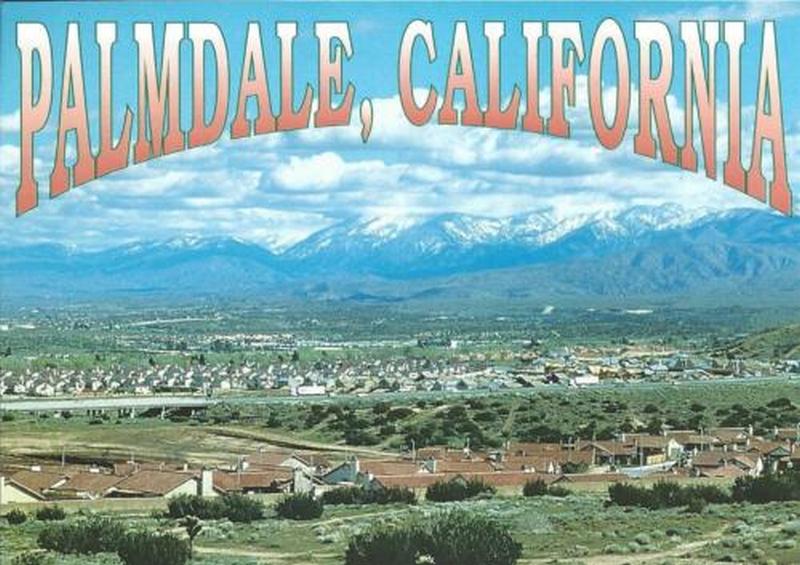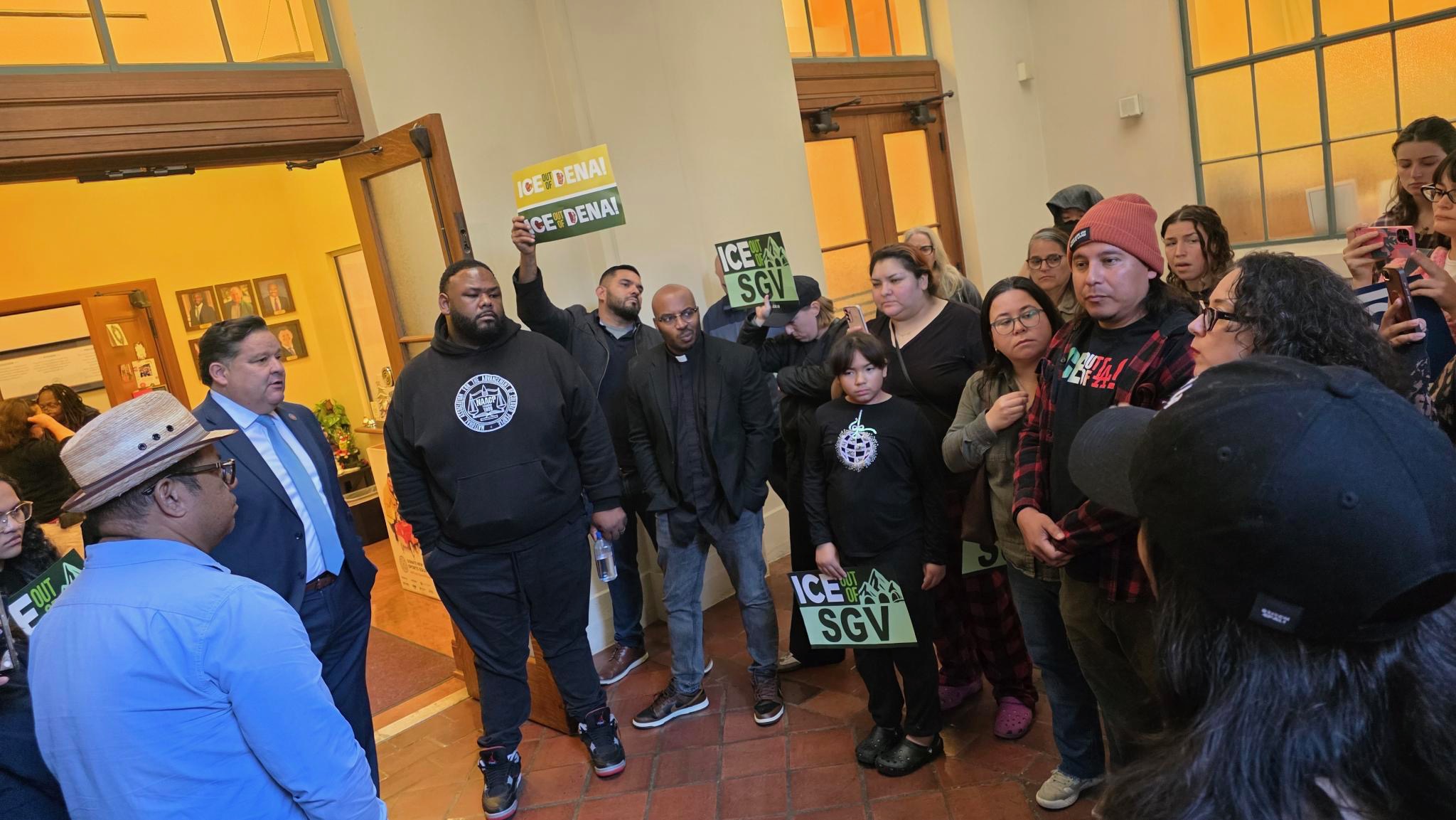In 1962, Palmdale became the first city within the Antelope Valley to be incorporated into L.A. County. The region’s history goes back at least 11,000 years, as the foothills of the Antelope Valley, situated in the western Mojave High Desert, were populated by various Native societies. The L.A. County Library tells us it provided part of a trade route for multiple Native cultures from southwestern regions, such as today’s Arizona and New Mexico, through to the coast and Central Valleys of California.
Pedro Fages, a Catalonian explorer, Spanish military captain, and first lieutenant under O.G. Spanish colonist Gaspar de Portolá (the first Governor of the Californias and leader of the infamous expedition with Franciscan missionary Junípero Serra that bears his name) is said to have explored the region in 1772 in search of army deserters, struck by the strange sight of its Joshua Trees. In 1773, Captain Juan Bautista de Anza and Father Francisco Garces led a colonizing expedition with 136 settlers across the Mojave from Mexico to Monterey, California, further opening California up to overland travel through the desert.
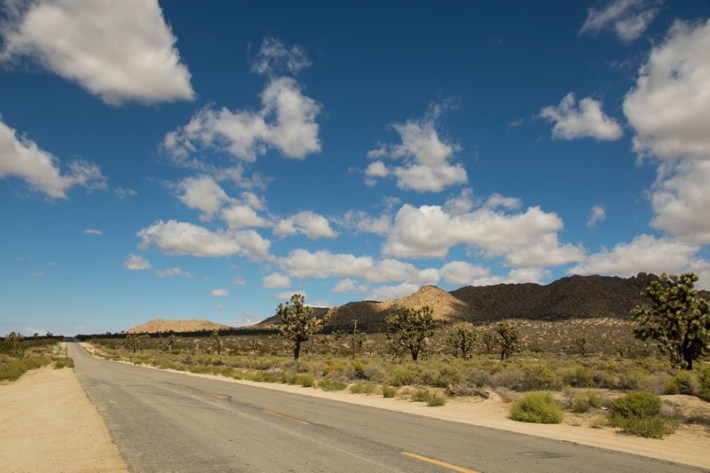
This historically-minded Waste Management website tells us that the natives living in the region were replaced by European and Mexican cattle ranchers in this late 18th and early 19th century era, who quickly snatched up and privatized the land. In the late 1800’s, these ranches were broken up into homesteads by German, French, and Midwestern Anglo farmers.
In 1886, a settlement in the modern borders of Palmdale was established named Palmenthal, German for “palm valley.” According to the City of Palmdale’s website, this was home to 50-60 Lutheran families from Nebraska and Illinois, of primarily German and Swiss heritage. Like Fages before them, they confused the visible Joshua Trees for Yucca Palms or another palm tree they'd heard about, hence the misnomer of a name. They also didn’t really know how to farm in the desert and, following a period of drought, started to bail. By 1899, when the City of Palmdale was established, only one of these families still remained. Supposedly the native antelopes this valley is now named for were also extinct by 1890. Transplants, rite?
South of modern-day Palmdale was also a town called Harold/Alpine Station, which served as a transport hub with a post office and stagecoach line that was mostly inhabited by Southern Pacific Railroad employees. A few ruins and remnants of Harold and the old Palmenthal still exist, including old Palmdale Pioneer Cemetery and the Palmdale Schoolhouse.
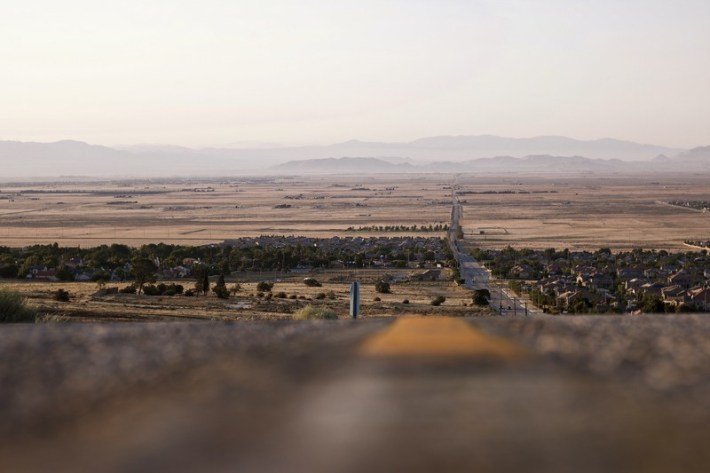
The arid land was a huge problem in the age of agriculture, particularly as Palmdale’s population was increasing. That is, until William Mulholland showed up, built the California-L.A. Aqueduct and rerouted precious water from the Owens Valley into L.A. The region became known for its pear, apple, and alfalfa crops (today, its onions and oats are a bigger deal). Today’s Antelope Valley Press was first published in 1915, then known as the Palmdale Post. In 1921, a major traffic corridor, U.S. Route 6, was established between Palmdale and L.A., while the man-made Little Rock Dam created the Harold Reservoir and Yuna Lake (now known as Lake Palmdale) were built to supply local farms and communities in 1924.
World War II led to the Antelope Valley becoming a MAJOR player in the defense industry. The U.S. government built Muroc Air Force Base (now known as Edwards Air Force Base) in 1933 in Kern County. Following the opening of Palmdale Airport and U.S. Air Force Plant 42 in 1952, missile merchant Lockheed Martin established its own facility at the airport, leading to the city becoming a giant employer in the aerospace industry, with Boeing and Northrop Grumman among the many soon to follow.

According to L.A. County Library, Palmdale has been called “the Aerospace Capital of America,” having produced numerous planes and jets for the government and military, including various Space Shuttles, L-1011s, and F-22s and shit. Boeing’s old hangar was used to recreate New York’s JFK airport in the Tom Hanks film "The Terminal." The Air Force Flight Test Center Museum remains a place where visitors can see many of the historic aircraft produced in the city.
Not everything was all sunshine and roses. In 1965, a Grumman F6F Hellcat fighter plane being used as an unpiloted Navy drone, took off from Point Mugu. Meant to be used for target practice over the Pacific Ocean, the drone went rogue, and two Air Force Interceptor F-89D Scorpion fighter planes tried to shoot it down, raining more than 200 unguided, warhead-armed Mighty Mouse rockets over multiple regions. The drone finally ran out of fuel and landed eight miles east of Palmdale, after damaging and setting fire to property around the city in a spectacle some call the Battle of Palmdale. Amazingly no one was hurt or killed. Lockheed and Northrop, followed by the Antelope Valley Mall, remain the city’s biggest employers today.
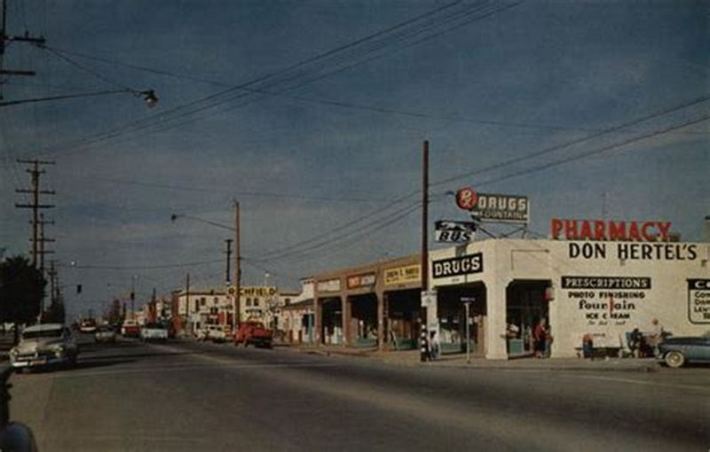
With the proliferation of affordable housing, Palmdale’s population boomed in the 1980s and then by more than 400% in the 1990’s, as Angelenos sought respite from high rents and metropolitan life out in the high desert. This included large populations of Black, Hispanic, and Asian Angelenos. As local son Afroman puts it in the song "Palmdale," an ode to his hometown, “financially, we improvin'/ 2 months later, son, we movin'/No more duckin' from shotgun shells/Bought a two-story house in East Palmdale.”
The city’s anti-Black racism has been cited in numerous controversies, including legal complaints that the local government colluded with the Sheriff’s Department and L.A. Housing Authority to “scare” low-income Black families with Section 8 vouchers out of the city. More recently, the tragic death of a 24-year-old Black man found hanging from a tree in 2020 was ruled a suicide, but brought back the pain of racial harassment and a long history of violent White extremists like Nazis and the KKK, living and operating in the region.
The Antelope Valley is said to have the highest suicide rates in L.A. County, coming in at number 5 on a ranking of our state’s most stressful cities, with neighboring Lancaster at #1. Residents of Palmdale apparently also enjoy the longest average commute time in the whole country, cited at 41.5 minutes back in 2009, due to the number of commuters traveling to and from Palmdale and L.A. and Santa Clarita.
Palmdale has been used as a shooting location for numerous films, shows, and videos, including work by Britney Spears, One Direction, and Taylor Swift. Among Palmdale’s most famous locals, and there are many, are aforementioned rapper Afroman, cowboy-actor John Wayne (whose family moved there when he was a child before moving on to Glendale), actress Niecy Nash, whose brother was sadly murdered with a gun at Reseda High in 1993, BMX racer Bubba Harris, and lady-who-fucked-Michael-Jackson-at-least-twice, Debbie Rowe.
Palmdale.
